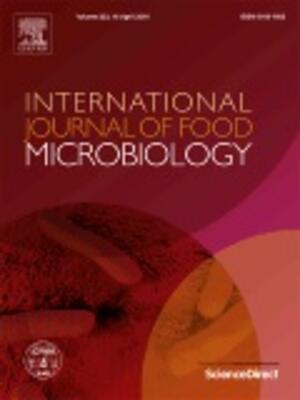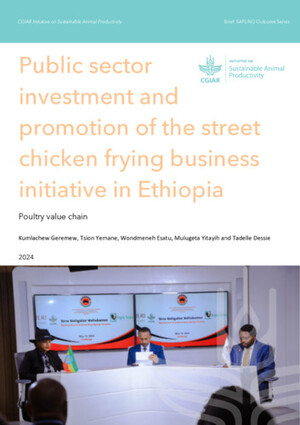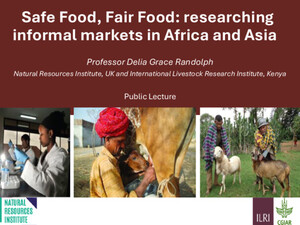
Risk factors in the hygienic quality of milk in Ghana
Abstract
The study was carried out to identify risk factors associated with bacterial contamination of locally produced raw milk and its adulteration with water. A total of 419 respondents of different categories of milk agents in the study sites were sampled for data and milk collection in the dry and wet seasons. The data collected focused on milk marketing factors and handling practices likely to affect milk quality, while the milk samples were analysed to determine the extent of bacterial contamination and adulteration with water. The proportion of milk samples adulterated was 18%. While 23.5% of the milk samples had unacceptably high total plate count ( > 6.3 log10 cfu/ml), all the samples had unacceptably high coliform plate count ( > 0.7 log10 cfu/ml). Risk factors associated with high bacterial counts were related to milk marketing channels (p < 0.05), milk market agents (p < 0.01), and milk containers (p=0.06) as well as their mode of cleaning (p=0.06). The only risk factor identified for adulteration of milk was related to season (p=0.04).
Citation
Donkor, E.S.; Aning, K.G.; Omore, A.; Nurah, G.K.; Osafo, E.L.K.; Staal, S. 2007. Risk factors in the hygienic quality of milk in Ghana. Open Food Science Journal 1:6-9.









